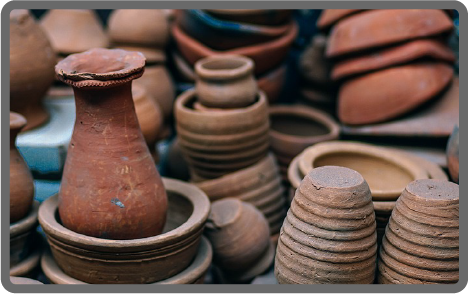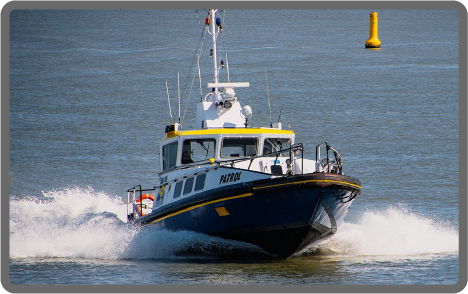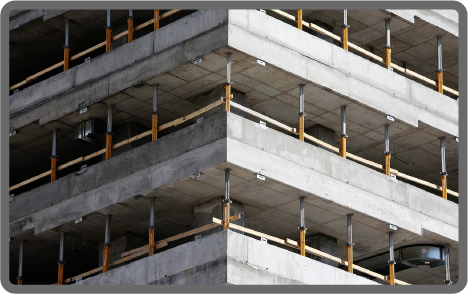Properties of other materials
This lesson covers:
- Properties of polymers
- Properties of ceramics
- Properties of composites
Properties of polymers
Polymers is another name for plastics.
They have many useful properties making them suitable for a wide range of uses.

- They are electrical and thermal insulators - energy does not transfer through them easily.
- They are flexible - they bend instead of breaking.
- They have low density - they are lightweight for their strength.
- They are easily moulded - they can be shaped as needed.
Properties of ceramics
Ceramics include glass, porcelain, and bone china.
They are made by heating substances like clay to a high temperature.

- They are electrical and thermal insulators - energy does not transfer through them easily.
- They are brittle - they break instead of bending.
- They are stiff - they can withstand strong forces.
Properties of composite materials
Composites are made by combining two or more materials. This produces a material with enhanced properties.
Fibreglass

- Fibreglass consists of glass fibres embedded in plastic.
- It combines the strength of glass with the low density of plastic.
- This makes it useful for equipment like boats.
Concrete

- Concrete contains gravel and sand embedded in cement.
- It can withstand high compression stresses.
- This makes it an ideal building material.